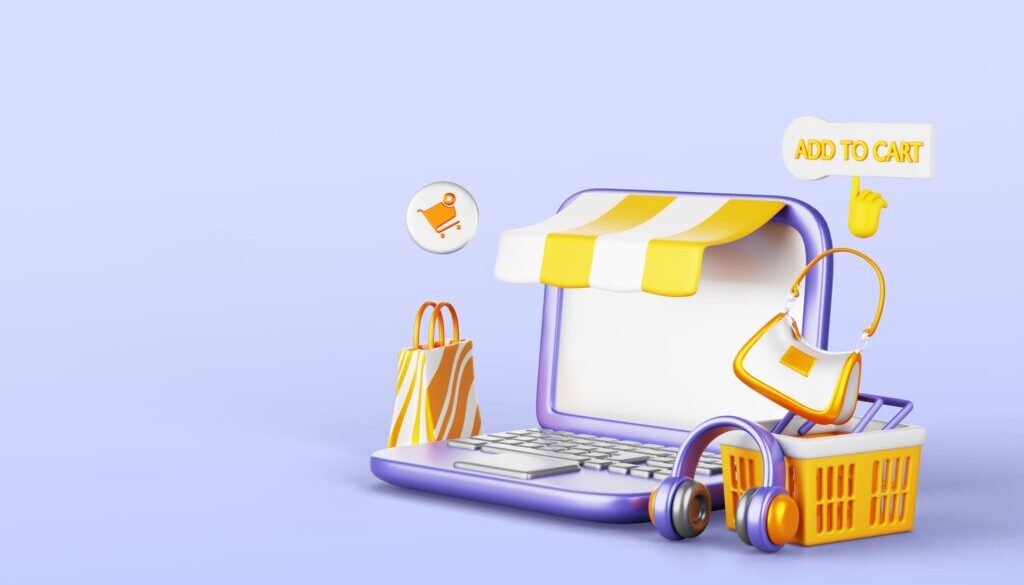The Ultimate Guide to Shopify Development in 2025
Shopify continues to be a dominant force in the eCommerce industry, providing businesses with an easy-to-use platform for selling products online. As Shopify evolves, so do the development strategies required to build high-performing and scalable stores. In this guide, we’ll explore the latest trends, essential development tools, and best practices for Shopify development in 2025.
1. Why Choose Shopify for eCommerce?
Shopify is a leading eCommerce platform that offers merchants a powerful ecosystem to sell online. Some key benefits include:
-
Ease of Use: Shopify’s user-friendly interface allows store owners to manage their business efficiently.
-
Customization: With Shopify themes and Liquid templating language, developers can create fully customized stores.
-
Scalability: Shopify Plus offers enterprise-level solutions for growing businesses.
-
Security & Reliability: Shopify handles security, compliance, and server maintenance.
Whether you’re a small business owner or a large enterprise, Shopify provides flexibility and functionality to support your online store.
2. Key Trends in Shopify Development for 2025
2.1 Headless Commerce
Headless commerce is gaining traction, allowing developers to separate the frontend and backend of Shopify stores. By using Shopify’s Storefront API, businesses can build custom user experiences with frameworks like React, Next.js, and Vue.js.
2.2 AI-Powered Personalization
Artificial Intelligence (AI) is revolutionizing eCommerce with personalized recommendations, chatbots, and AI-driven analytics. Shopify developers are integrating AI tools like Shopify Magic and AI-powered search to enhance the shopping experience.
2.3 Shopify Hydrogen & Oxygen
Shopify’s Hydrogen (React-based framework) and Oxygen (hosting solution) enable developers to build ultra-fast, custom storefronts. These tools provide better performance and flexibility compared to traditional Liquid themes.
2.4 Enhanced Shopify Apps & Integrations
Shopify’s App Store continues to expand, offering thousands of plugins for SEO, marketing, and automation. In 2025, developers are focusing on building lightweight, efficient, and API-driven Shopify apps to extend store functionality.
2.5 Mobile-First Optimization
With mobile commerce growing rapidly, ensuring a seamless mobile experience is critical. Shopify developers are optimizing themes and checkout processes to improve mobile usability and conversion rates.
3. Essential Tools for Shopify Development
To build high-quality Shopify stores, developers should be familiar with these tools:
-
Shopify CLI – Speeds up theme and app development.
-
Liquid Templating Language – Essential for customizing Shopify themes.
-
GraphQL & REST API – Enables seamless integration with third-party services.
-
Dawn Theme – Shopify’s modern, performance-optimized base theme.
-
PageSpeed Insights & Lighthouse – Helps optimize store performance for SEO.
4. Best Practices for Shopify Development
4.1 Optimize Store Performance
-
Use lazy loading for images and videos.
-
Minimize JavaScript and CSS files.
-
Leverage Shopify’s CDN for faster load times.
4.2 Focus on SEO & Conversion Optimization
-
Implement structured data and schema markup.
-
Optimize product pages with relevant keywords.
-
Improve site navigation and UX for better conversions.
4.3 Ensure Security & Compliance
-
Enable SSL encryption for all pages.
-
Implement two-factor authentication (2FA) for store admins.
-
Regularly update Shopify apps and themes.
4.4 Build Scalable & Maintainable Code
-
Follow Shopify’s theme development guidelines.
-
Use modular components for reusability.
-
Keep customizations minimal to ensure future theme updates.
Conclusion
Shopify development in 2025 is more dynamic than ever, with new technologies, tools, and best practices shaping the eCommerce landscape. By staying ahead of trends and adopting modern development strategies, businesses can create high-performing Shopify stores that drive sales and enhance user experience.




